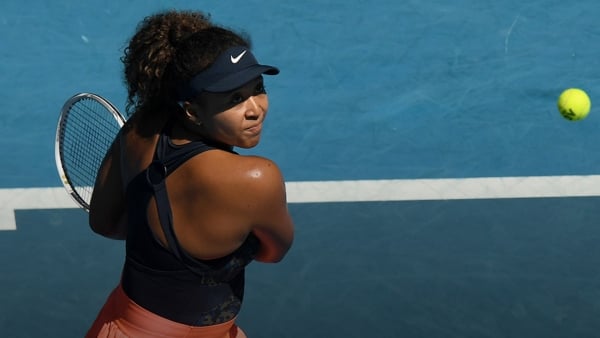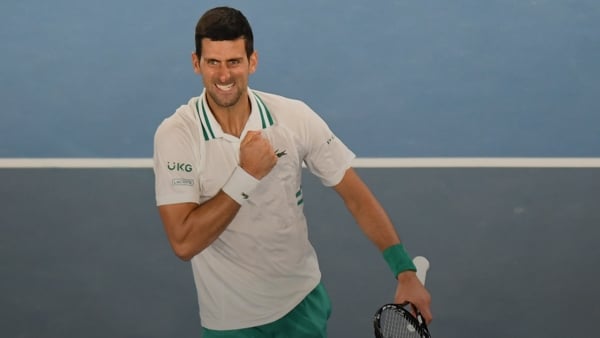The Australian Open 2021 women’s final is fast approaching and what a line-up for those in attendance at Rod Laver Arena and watching around the world.
Both 2019 champion Naomi Osaka and American Jennifer Brady have demonstrated elite tennis throughout this fortnight with highly charged, aggressive tennis.
According to insights powered by Infosys, analysing their AO 2021 battles, some intriguing differences between the two finalists have been revealed.
MORE: Women's final preview Osaka v Brady
And this can be seen in their court position.
Osaka is willing to step inside the baseline more frequently in order to dictate with early strikes; the 23-year-old's point of impact occurs 18.8 per cent of the time inside the court on the forehand wing (compared with Brady at 13.3 per cent) while she also connects with 18.3 percent of her blistering backhands inside the baseline (Brady 12.2%).
However, 22nd seed Brady strikes her groundstrokes with more velocity than the world No.3, firing forehands at an average speed of 122.1 km/h (Osaka at 113.7 km/h) and also generating more average pace on the backhand wing (at 113km/h, compared with Osaka's 110.9 km/h).
With the 25-year-old loading further back in the court, Brady has slightly more time to assess, to then pick her spots with plenty of firepower.
Despite these differences in positioning, Osaka and Brady apply a similar time pressure on their opponents.
The Japanese star rushes opponents, allowing them only 480 milliseconds to react after striking a forehand and similar 500 milliseconds off the backhand wing.
Brady is equally as aggressive, offering up only 479 milliseconds on the forehand and 530 milliseconds after a backhand.
Along with landing a high percentage of serves and returns, this is a key reason why this formidable duo have dropped just three sets between them at AO 2021.
They will be fresh for a box office battle. So far Brady has had to work slightly harder for six ‘W’s on the scoreboard.
The American collegiate has had to cover a total of 6.43 km on court (Osaka at just 4.8 km), with 117 sprints in contrast to Osaka’s 104. Consequently, the US Open champion has been extra efficient and ruthless.
Both on the front foot, both looking to dictate, Saturday’ final should be a treat.

